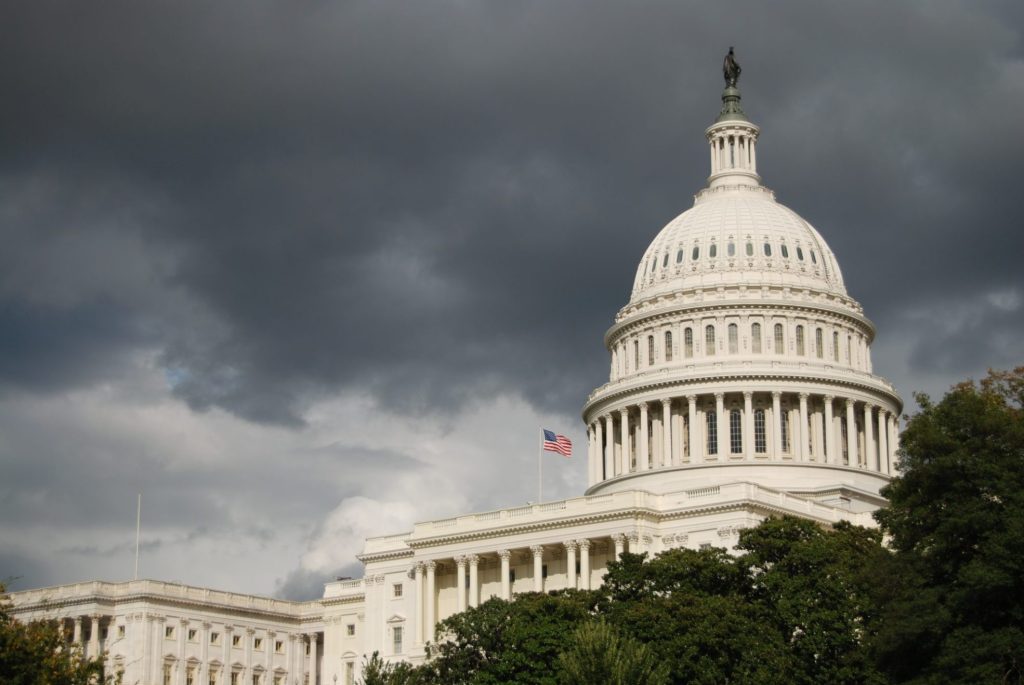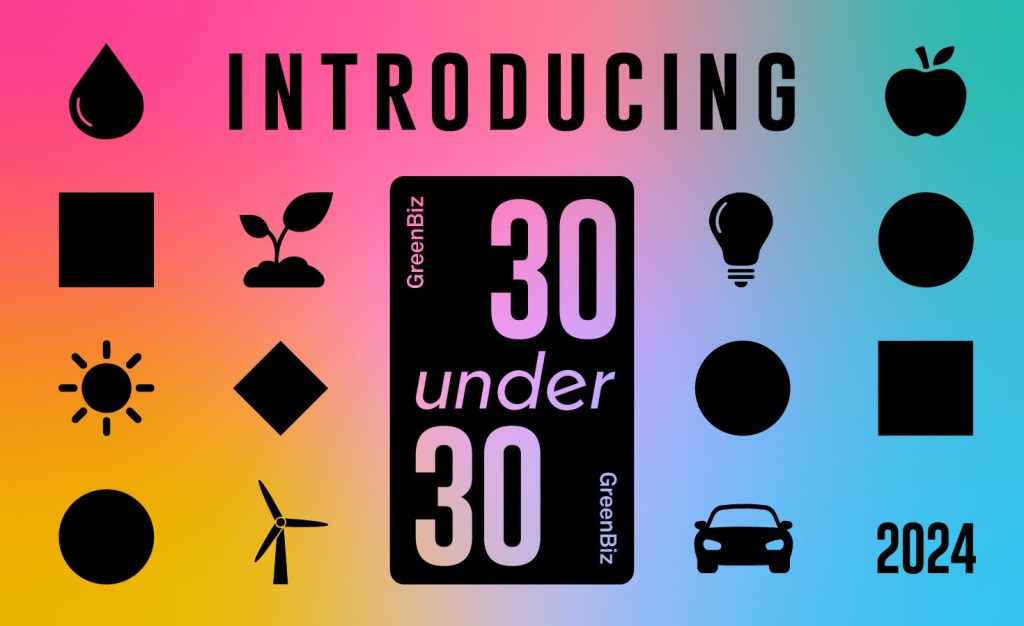Overcoming ideology and chaos during the Trump era
New objectives for sustainability are coming. Here's how to handle them. Read More

With the Trump administration launching a “flood the zone” strategy to expand presidential power, there are several factors to keep in mind about the administration’s approach to budgeting and policy. Notably, a flood the zone strategy isn’t merely to substitute alternative policies and reduce budgets. Rather, its vision of success is also to create chaos and disruption across the federal government so agencies are rendered incapable of effectively administering essential decisions and services.
However, this strategy will likely encounter numerous legal and political obstacles that, when combined with the lack of competence of many administration officials, can provide valuable ideas and time in challenging the Trump agenda.
Analyzing new objectives
Beyond the flood the zone strategy, the administration has defined some specific objectives. They include:
- Apply existing presidential authorities to downscale the commitments of the U.S. government. Withdrawing from the Paris Climate Accord and the World Health Organization are examples of narrowly focusing America’s role in the world and redefining its self-interest.
- Greatly expand presidential power at the expense of Congressional authority, beyond the boundaries of the U.S. Constitution as historically interpreted. While the White House rescinded the Office of Management and Budget (OMB) Jan. 20 memorandum to suspend the disbursement of Congressionally approved funds across a range of domestic and foreign programs after a judge declared it unconstitutional, it noted that review of future rescissions is continuing and issued a separate executive order to block funding of energy and environmental programs.
- Begin the process of rolling back existing policies and regulations and substituting new ones. Business trade associations are aiding the administration by developing briefing documents to justify the repeal of the National Ambient Air Quality Standards for Particulate Matter (PM2.5) and reverse Biden administration limits on construction of terminals to export natural gas, or designate areas for wilderness protections.
- Dismantle key capabilities of important federal agencies. The administration seeks to eliminate climate research at the National Oceanic and Atmospheric Administration (NOAA). A broader scale reduction of capacities is planned for the Environmental Protection Agency (EPA), where appointments to its independent Science Advisory Board have already been cancelled. An effort is also underway to review whether to file a motion to repeal the U.S. Supreme Court’s 2007 “endangerment finding” that endorsed the EPA’s legal authority to regulate greenhouse gases. And a budget proposal under development for fiscal year 2026 will propose dramatic reductions in EPA staff and programs.
Playing defense and offense
Contradictions abound in the Trump administration’s proposals. The White House/OMB seeks to reduce funding for carbon sequestration that its major fossil fuel supporters enthusiastically embrace. It proposes tariffs that will increase the prices on products that many voters want to purchase.
Sustainability professionals can respond with a four-point plan that focuses on how radical environmental and economic proposals will hurt middle- and low-income voters, and advocates clearly messaged alternatives for environmental and economic security. Such a plan includes:
- Define what’s at risk from administration policies. Actions should range from summaries of available science to health and economic benefits that the administration’s actions will jeopardize or withdraw. High-priority opportunities include court filings to defend existing air, land and water standards, and preservation of the government’s essential authorities for health and environmental protection.
- Develop new advocacy coalitions with non-traditional allies. Many Fortune 500 companies have little appetite to wage ideological warfare against environmental sustainability or the agencies that advance it. They support DEI initiatives to strengthen their recruitment and competitiveness, and they’ve already made significant investments towards implementing sustainability goals. There are major opportunities to forge private sector-NGO coalitions on such issues as climate change policy, community health and investments in technological innovation (electricity grid modernization, clean vehicle tax credits).
- Focus on key sustainability priorities. All too often, government and business pursue initiatives peripheral to driving performance — such as compliance with the ever-expanding universe of voluntary and mandatory reporting — that diverts people and budgets away from more central priorities during the next two years. In my view, key priorities should include: decarbonizing the economy, securing water access, protecting local communities from pollution, expanding economic security, advancing social equity, and preserving biodiversity and conservation.
- All roads lead to the 2026 midterm elections. The midterm elections provide the next big opportunity for the American people to weigh in on their degree of concern about Trump administration policies. Sustainability professionals across multiple organizations can centrally focus on the administration’s radical ideological agenda and failures to govern fairly and effectively. They can communicate how they plan to oppose the rollback of essential environmental and economic safety net protections and offer an agenda of prosperity and environmental protection for the nation.














